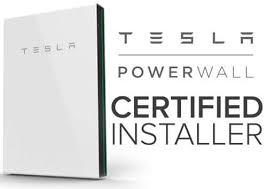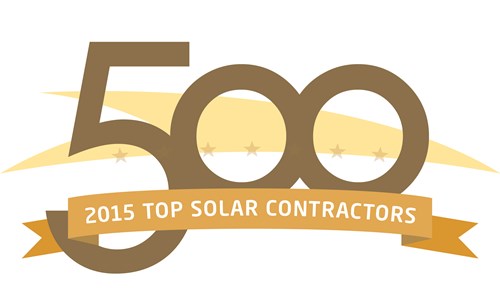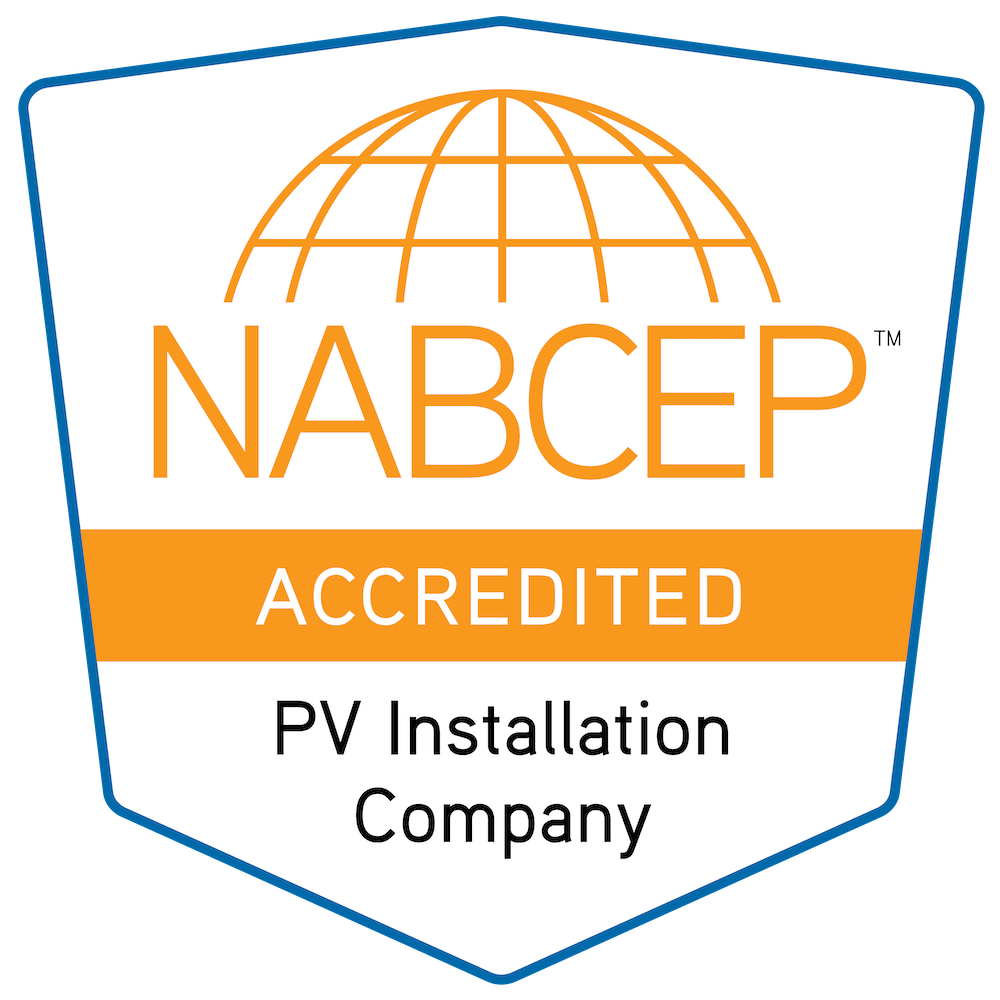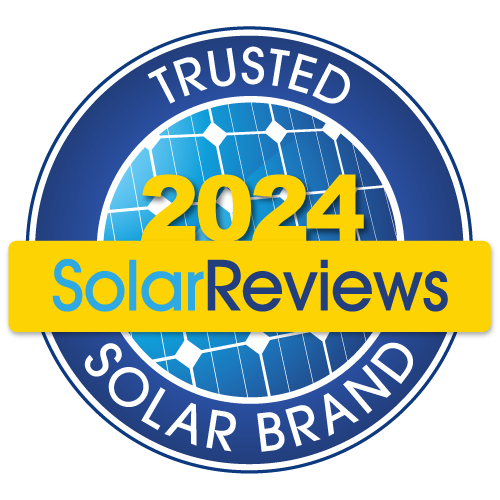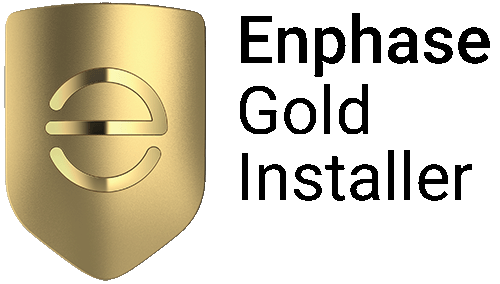Solar systems are complex and have more components than you might think, and each part is crucial to the success of your system, like an inverter. The efficiency of your solar system relies not only on how powerful your solar panels are, but also on your solar power inverter.
But why do solar cells need an inverter? Many homeowners are unaware that solar panels produce a form of electricity that’s unusable for their homes, which is why an inverter is needed.
So, how does a solar inverter work?
Solar cells need to convert the energy harnessed from the sun to a usable type of electricity, a process known as inverting because it’s taking one form of energy and changing it to another.
Modern appliances rely on alternating current (AC) electricity, but electricity from solar panels comes out as direct current (DC) power. The DC power is converted to AC electricity so you can have light when you turn your lamps on and binge your favorite Netflix show on your television.
You might be wondering, “Can a solar panel work without an inverter?” Yes. While most home appliances rely on AC power, some can be powered with DC power, like your cellphone and laptop. If most of your appliances run on DC power, then you don’t have a need for an inverter. If this is the case for you, you would be able to connect your solar panels directly to a DC-to-DC converter, or a charger controller, that produces 12-, 24- or 48-volt DC as its output. This is common with off-grid setups.
Types of solar inverters
There are several solar power inverters for homes currently available on the market, including:
String (central) inverters
This type is the oldest and most common inverter used today. They connect a string of solar panels to one inverter, like holiday lights. Having been on the market for decades, string inverters are reliable and are the least expensive option. This type of inverter is easily accessed since it is centrally located on the side of the house, allowing you to monitor, repair or replace the inverter with ease. It’s important to think about your solar inverter placement because you want it to be in an area that’s moisture resistant, away from direct sunlight and has proper air ventilation to keep your system working optimally.
While reliable, string inverters aren’t as efficient at optimizing solar energy output. This inverter is connected to a string of solar panels, hence the name, meaning that shade on one solar panel will stop the power output of the rest of the string. Since multiple panels are connected in one string, you are provided with total-system monitoring, which can be a hindrance if you want to be able to diagnose issues with individual solar panels.
Power optimizers + inverter
Located on the back of each solar panel, power optimizers work with a string inverter to convert DC to AC. They can condition the DC electricity produced by each individual solar power, meaning that if one solar panel is shaded a bit, it won’t diminish the output of the entire string of panels. Power optimizers also have the capability of system-level monitoring and panel-level monitoring because of the string inverter, meaning you can easily diagnose any solar output issues since each solar panel can be monitored individually.
This is a more expensive option and requires additional power optimizers. And if you choose to expand your solar system later you would need to add more string inverters. Since power optimizers are on the backs of the solar panels, it means your access to them is on the roof, which makes it more difficult to repair and replace them if any issues arise.
Microinverters
Microinverters can convert DC to AC directly from the back of each solar panel. This type of solar power inverter for homes doesn’t require a string inverter since each microinverter takes care of the conversion of each panel. If shade covers one of your panels, only that panel will produce less without affecting the output of the rest of the panels. They also allow for you to easily expand your solar system should you want to in the future. Microinverters, like power optimizers, allow for panel-level monitoring so you can diagnose issues easily.
This is the most expensive inverter available, but is a great solution if shade is an issue on your roof. Since microinverters are installed on the back of the solar panels, repairs and replacements can be more difficult since the only access to them is on the roof.
The best solar inverter for a home will depend on the features you need from your solar power inverter and how you intend to use the energy from your solar panels. Solar inverters are one of the components that tend to fail first in a solar system, so it’s a good idea to check them often and invest in one that will last you a while. And if you have an RV, van, or tiny home, you might consider adding a solar inverter charger to your solar system installation to fulfill your energy needs.
What is a solar inverter charger?
A solar inverter charger is a more advanced version of a standard inverter. Inverter chargers can not only turn DC to AC, but they can charge a battery bank when shore power is available, ensuring you have constant access to energy, which is convenient for areas that don’t get enough sunlight to charge your battery bank. An inverter charger is handy if you:
- Live off grid but still have access to shore power
- Need supplemental energy or live in a cloudy area with less direct sunlight hours
- Want a backup power solution
An inverter charge fills the batteries when they’re low and stops the electricity generated from the panels from reaching the batteries when they’re full.




